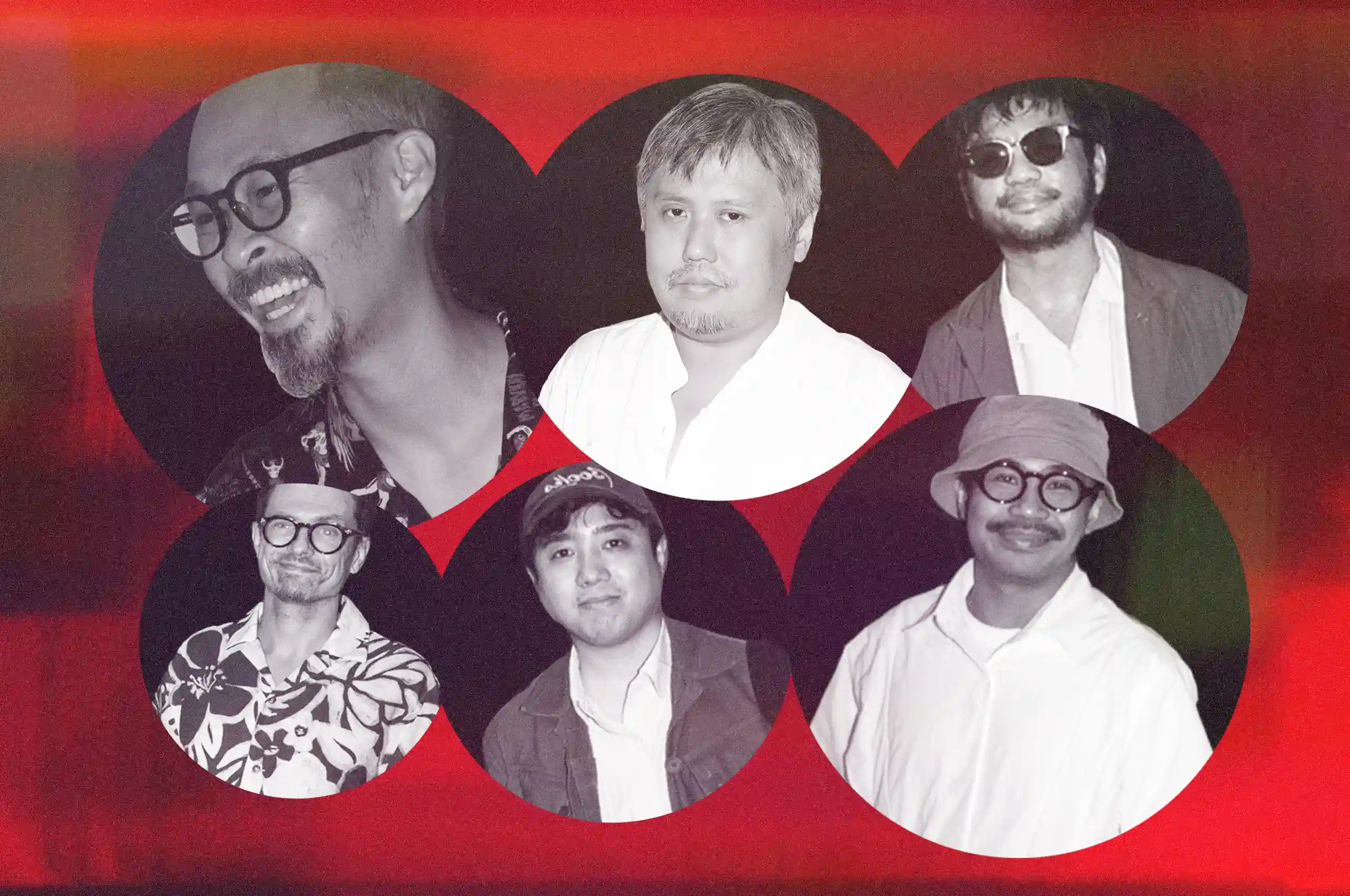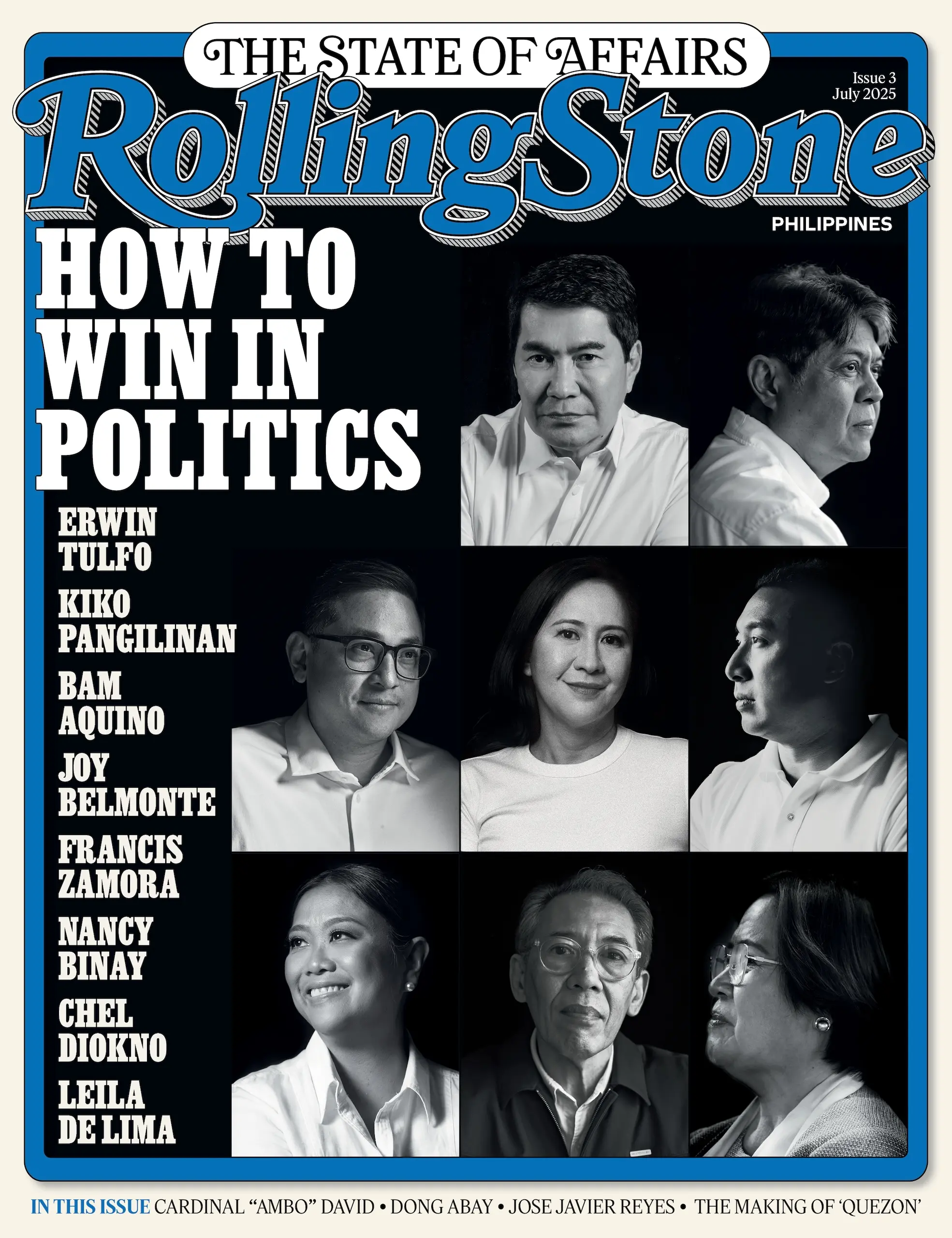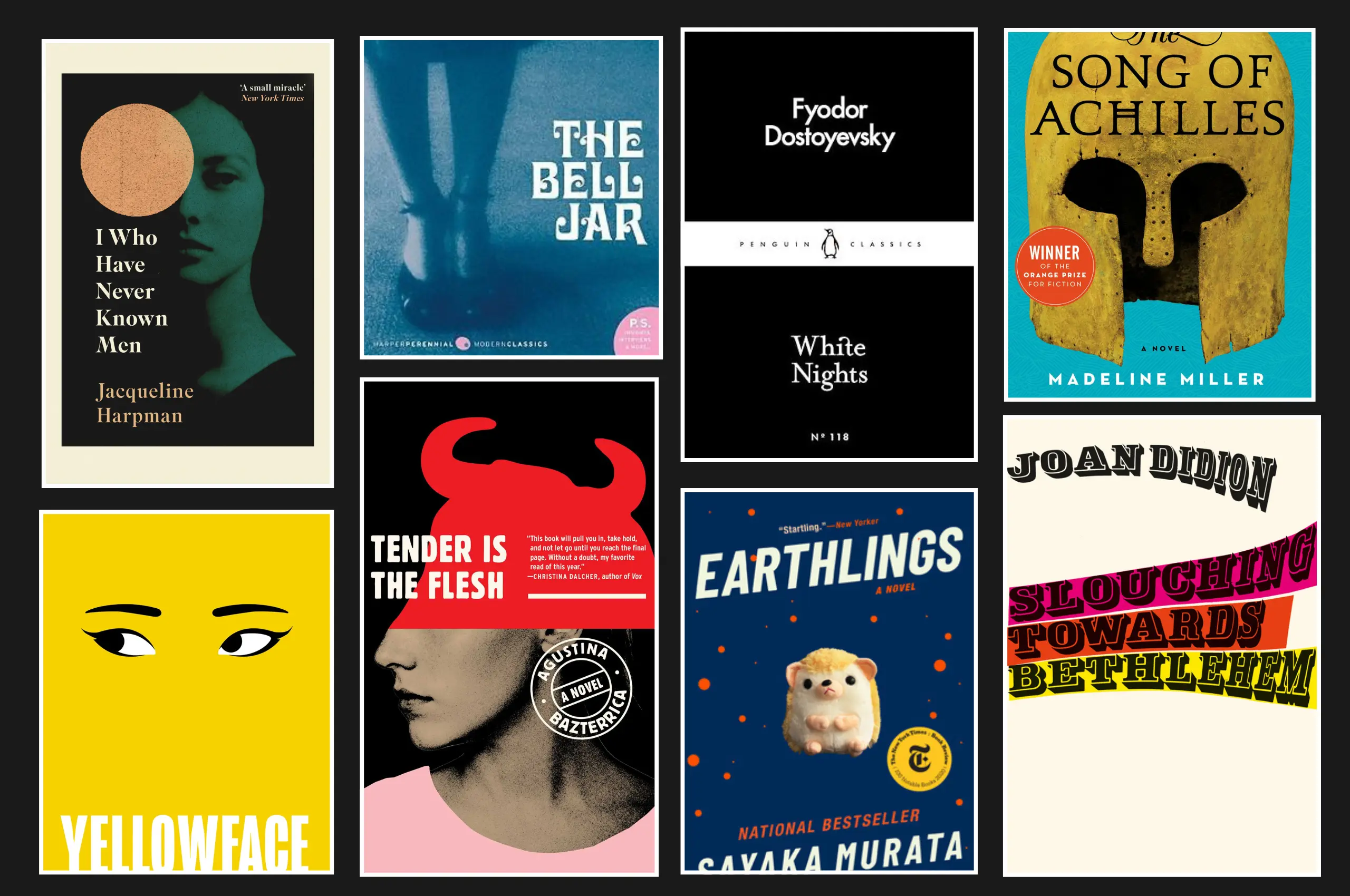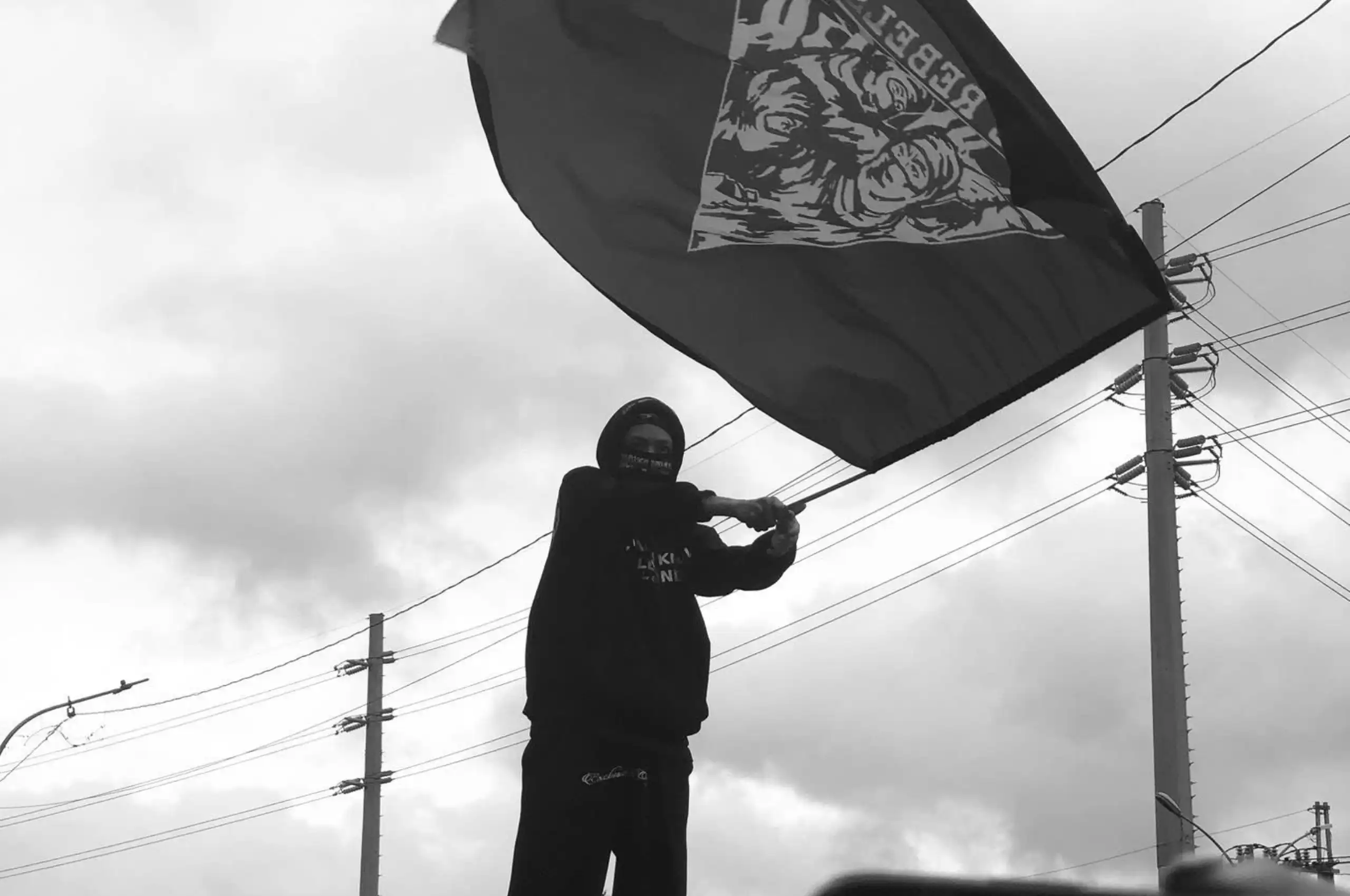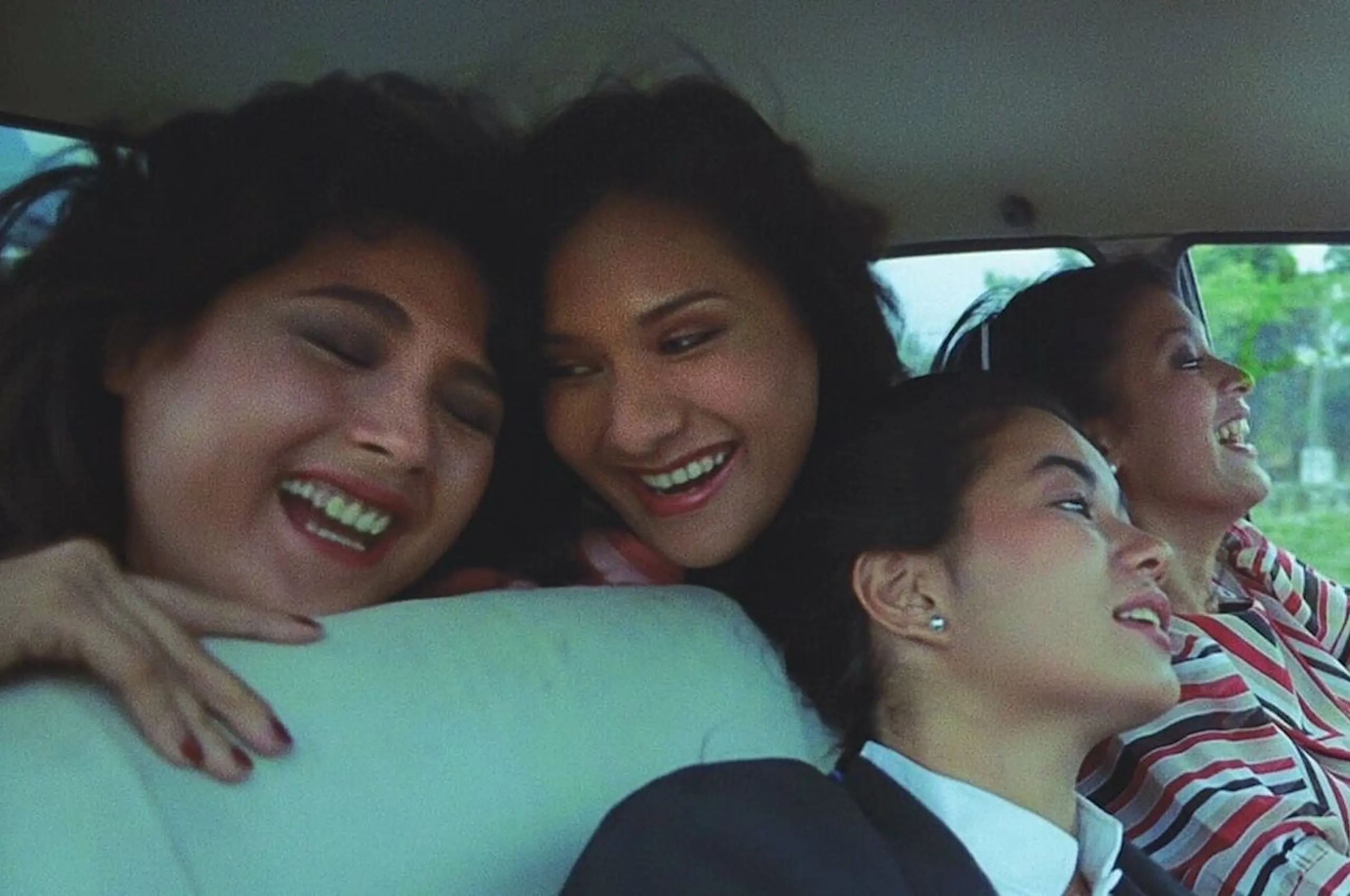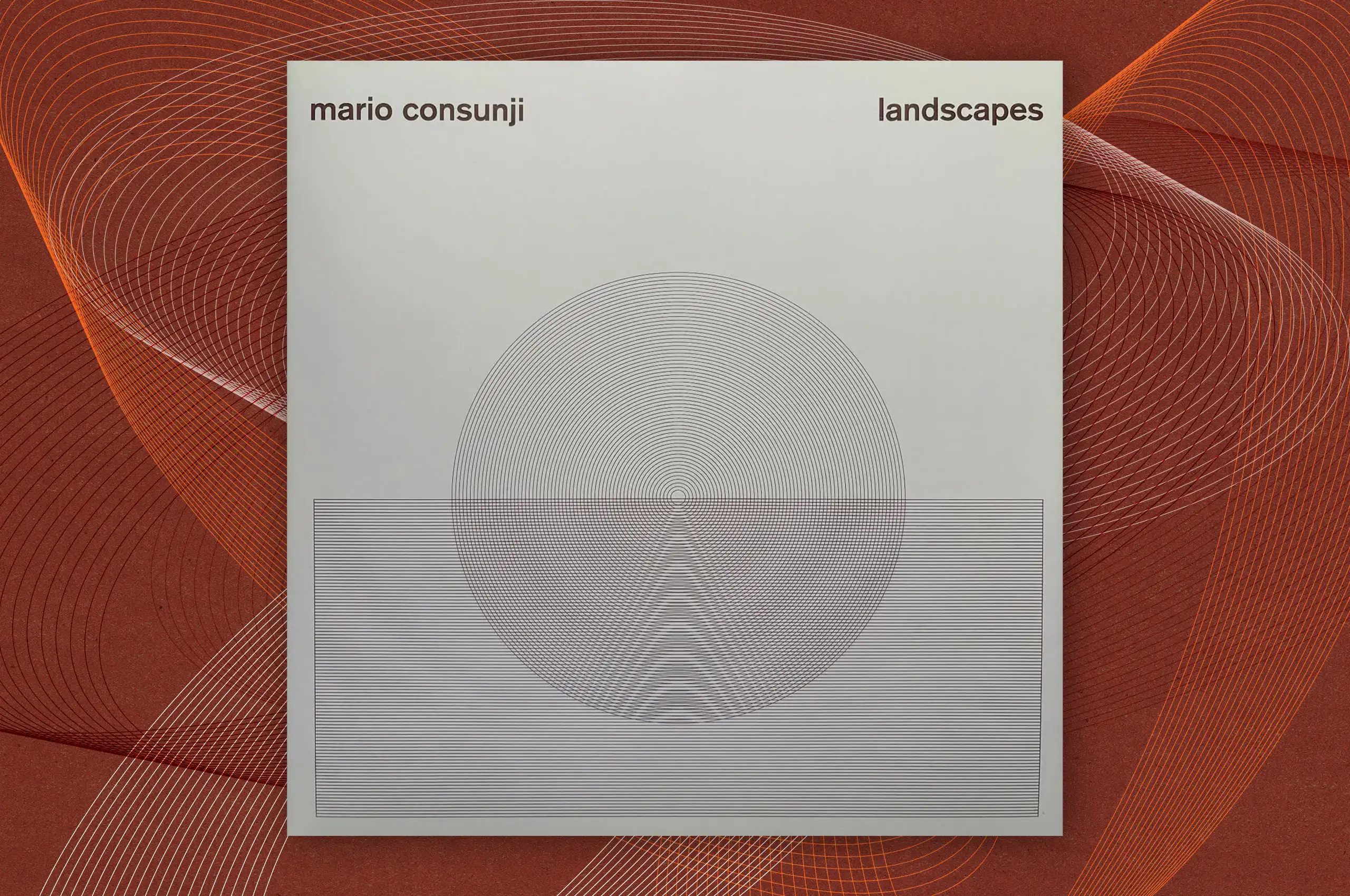On August 7, the Rolling Stone Philippines’ State of Affairs event took place at Sinepop, a boutique cinema venue, in Cubao, Quezon City. While the daylong gathering included conversations on film and the arts, a key portion of the program turned the spotlight on a timely prompt: Why will AI take your job?
The question jumped off from a panel moderated by Rolling Stone Philippines’ Digital Editor Sai Versailles, featuring Creative Economy Council of the Philippines Founder and President Paolo Mercado, Art Fair Philippines Co-Founder Dindin Araneta, and BBDO Guerrero Creative Chair David Guerrero.
Guerrero warned about the homogenizing effect of generative AI on creative output. “If everyone’s using AI, then everyone’s going to have the same kind of stuff,” he said. Araneta urged creatives to engage critically and confidently with new tools, noting, “Today, you simply can’t separate creative industries from digital technology,” Araneta said, “We have to engage with these tools critically and confidently.”
Bow to the Inevitable
@rollingstoneph At Rolling Stone Philippines’ State of Affairs event, Filipino cultural workers were asked what they thought about the rise of AI #RSPH #RollingStonePH #GuerillaReport
♬ original sound – Rolling Stone Philippines
Beyond the panel, Rolling Stone Philippines’ video series Guerilla Report captured real-world perspectives from artists, musicians, designers, and media practitioners, with some believing that the AI takeover of the job market is inevitable.
Lex Celera, a PR consultant, says his job as a creative worker is already seized. “That’s the first thing that AI has taken over,” he says, “and it will continue to take over whether you’re a writer, graphic designer, working in film or photos. So, it’s just a matter of time.” Film critic Philbert Dy brought up the fact that AI has the potential to prompt exceptional film critiques. “I was probably part of the dataset that it used to learn how to write,” he says. “I can tell them, though, None of that AI is actually is Philbert Dy, so.”
Several creatives, however, are of the view that AI isn’t equipped with the nuances of creative work. Javier Pimentel, a DJ and PR consultant, argued that certain disciplines remain human-dependent. “I don’t think [AI] can DJ properly, and I don’t think it can do PR properly,” he said. “It’s public relations. I don’t think it can be good at making relationships.”
Hidde Van Der Wall, who is a professor at Ateneo de Manila University, attests to the fact that AI will never replicate human methods of teaching. “I haven’t ever seen an AI stand in front of a bunch of students and explain something,” he says. Jodi Aguilon, a designer, echoed a similar skepticism: “I don’t think AI wants my job. All of our jobs and creations come from the heart and soul so parang di kaya ng AI ‘yon.”
King Puentespina, a musician who is also known as crwn, tested an AI music app out of curiosity and was unimpressed. “I downloaded an AI music app recently and I just wanted to check how far it could take my prompt,” he says. “It was horrible, it sounded like shit.”
Auggie Fontanilla, an artist who works on various mediums, saw the potential for AI as an assistant rather than a replacement. “AI would help me improve my job,” he says. “AI will be there to assist and help us eventually, pero it’s up to us na hindi tayo magpapakain sa sistema ng AI.”
Whether viewed as a threat, a tool, or an overhyped trend, AI’s presence in the cultural and creative industries is undeniable. The question may not be if AI will change the way artists work — but how each person will choose to respond.
